-
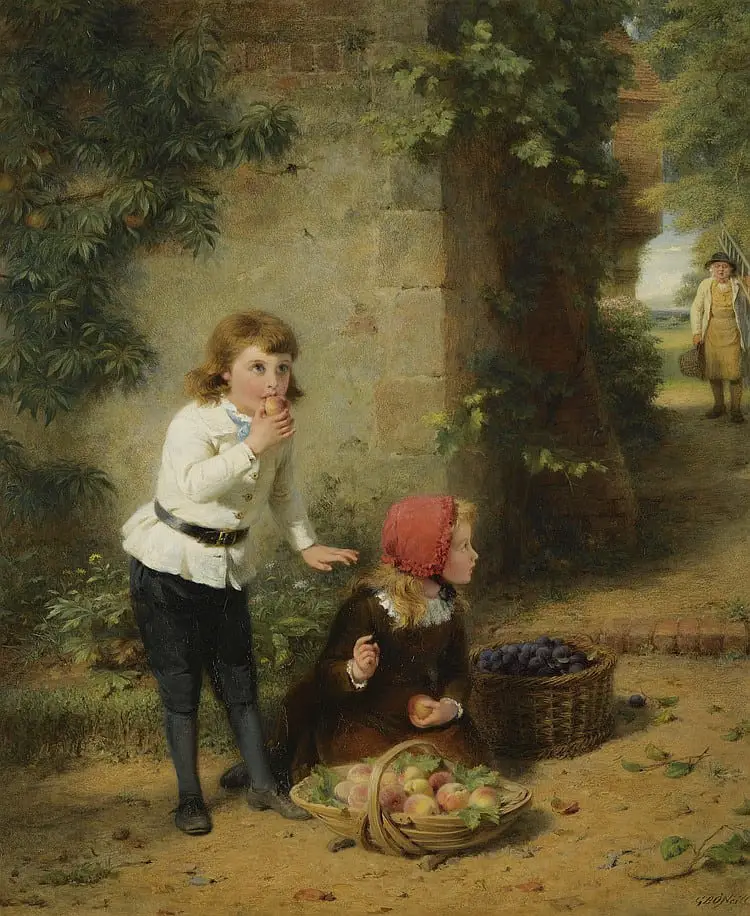
How To Write A Likeable Main Character
Must characters in stories be likeable? No. Are unlikeable characters popular with audiences? Yes. But they’re harder to write. They need to be all of the things listed below and then some. Some characters in some stories shouldn’t be likeable. But what if you want to create a genuinely likeable main character who appeals to…
-
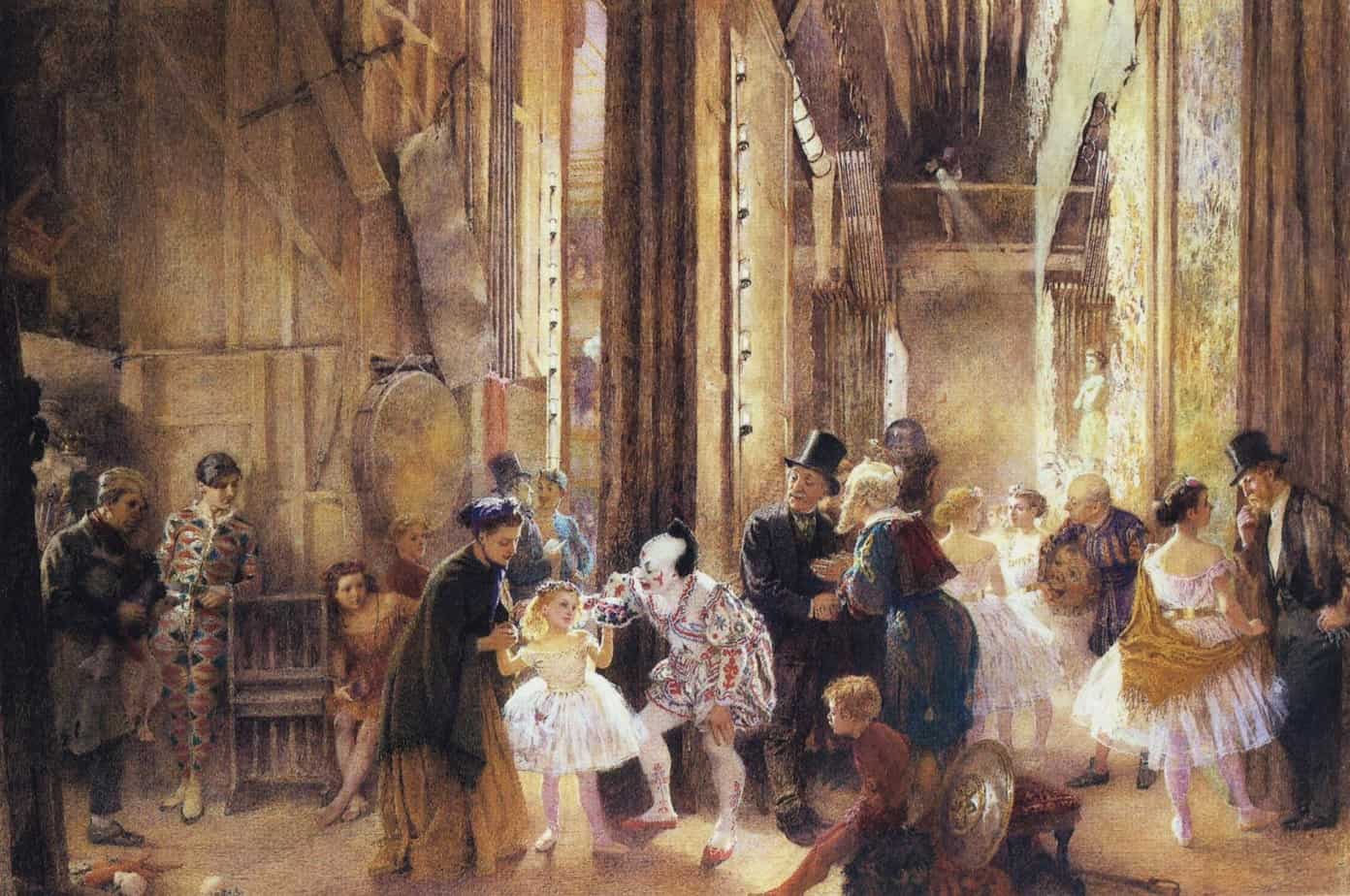
Burlesque In Storytelling
Burlesque is a type of entertainment that caricatures serious works. It is an extreme form of parody. Burlesque can be used as a verb i.e. to burlesque something. You might accidentally burlesque yourself by buying expensive tennis gear then turning up with no idea how to play, for instance. Comedy derives from the contrast and…
-
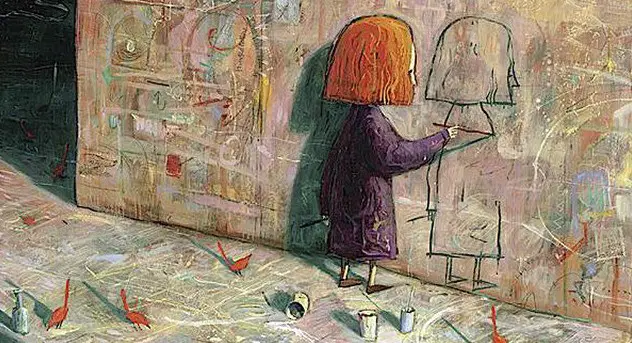
Impressionism In Picture Books Analysis
Impressionism is an aesthetic movement. Art preceding this movement tended to religious and historical in nature and realistic. The golden age of Impressionism in art lasted 1876-1886. WHAT DEFINES AN IMPRESSIONIST PAINTING? Unlike the realist art which came before, an Impressionist painting seems as if the viewer only caught the scene with a glance. Vibrancy…
-
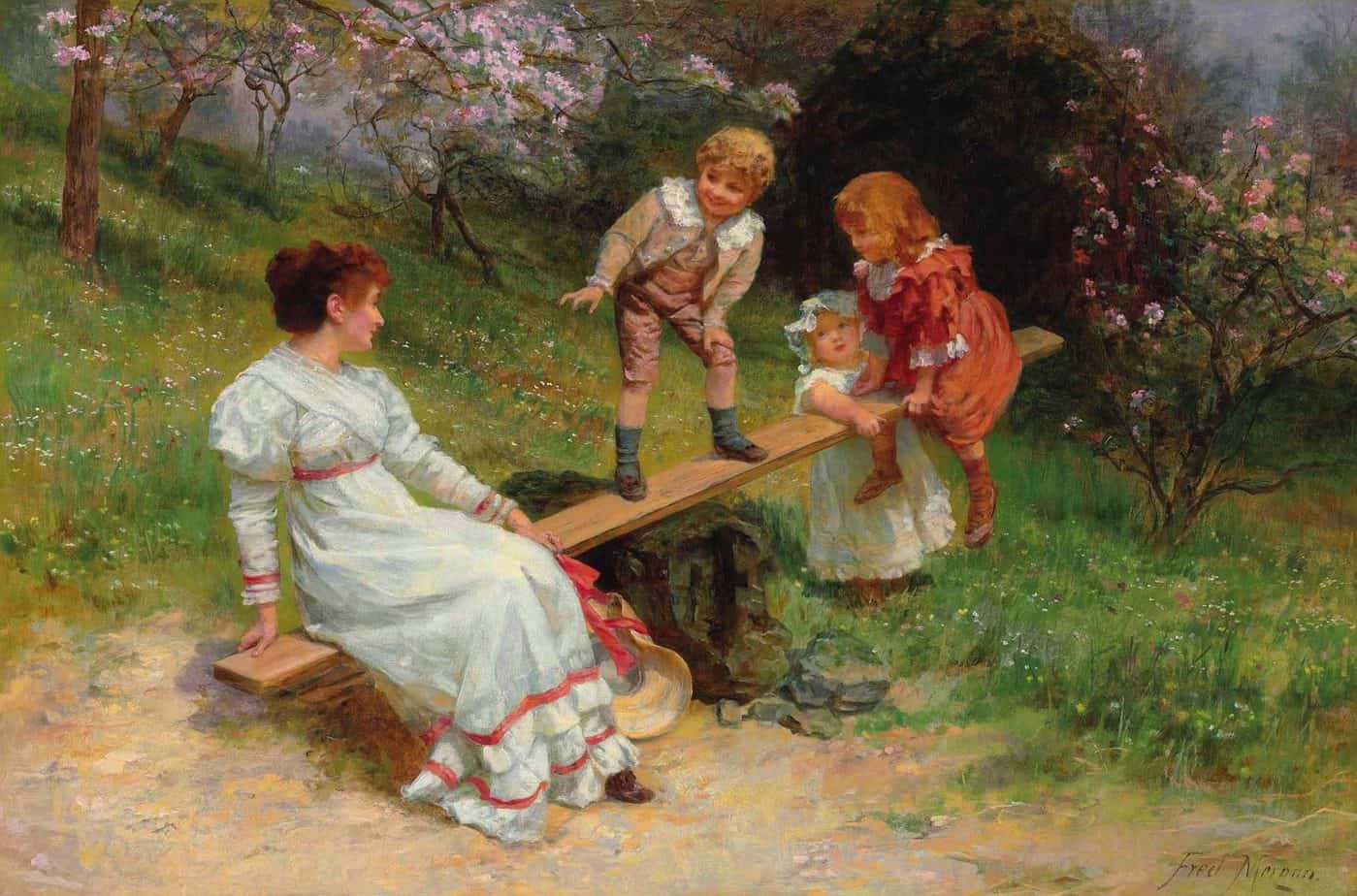
See Saw by Katherine Mansfield Short Story Analysis
“See Saw” is a short story by Katherine Mansfield, published 1919. Before Katherine Mansfield (and similar writers e.g. Chekhov) came along, stories were all about storytelling. The whole point of telling a story: To immerse the reader in a fascinating event, to paint a picture of setting and character, and possibly to teach readers a…
-
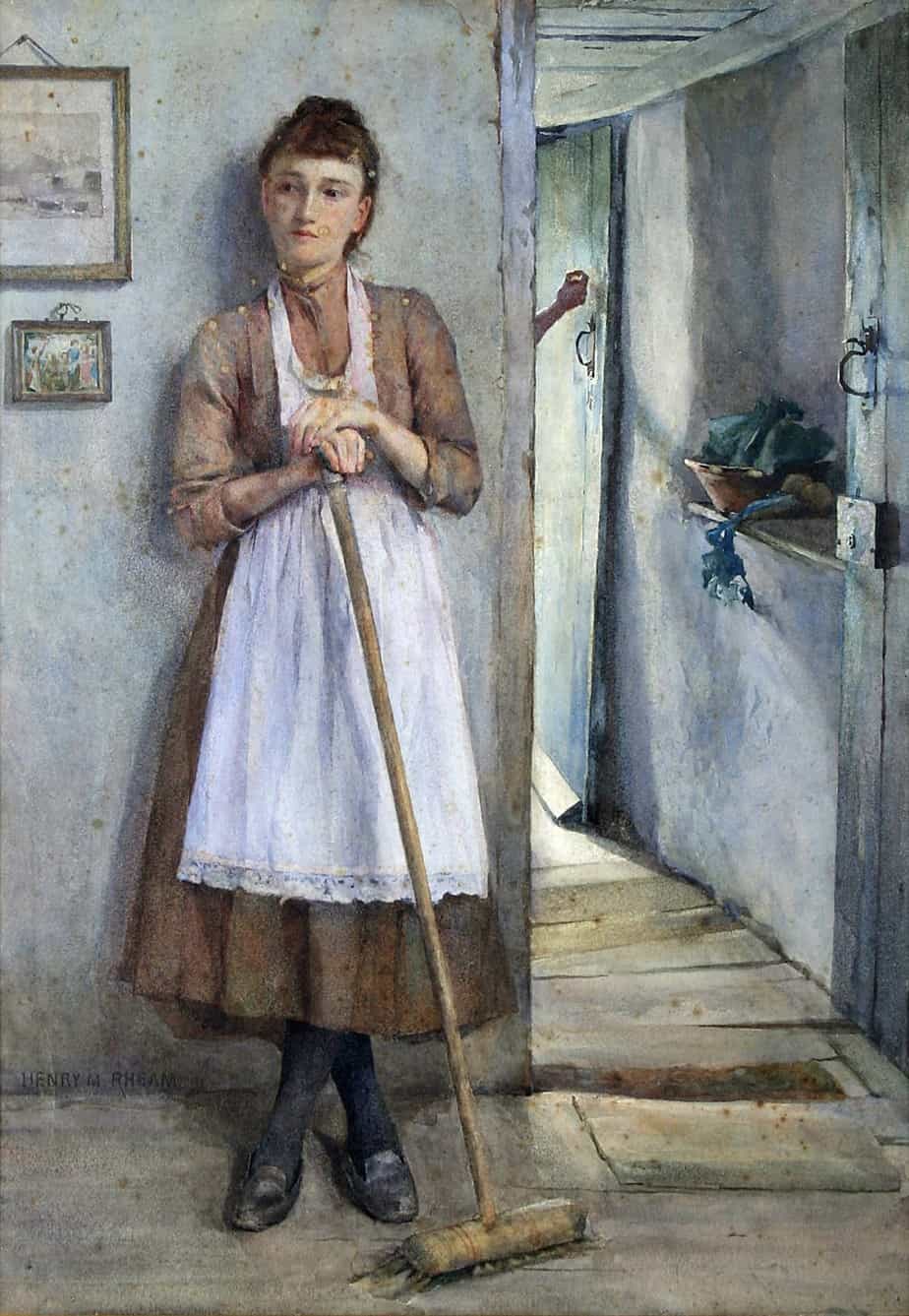
The Symbolism of Broomsticks
Broomsticks are useful storytelling symbols that serve double duty — they are a symbol of female oppression (tied to the house and the drudgery of housework) but also, by leap of imagination, turn into a vehicle by which to escape. Broomsticks may keep a woman housebound, but also afford the imaginative freedom to fly. Which…
-
Carnation by Katherine Mansfield Short Story Analysis
“Carnation” (1918) is a short story by Katherine Mansfield, included in her Something Childish collection. I like this one very much — a rare story of blossoming female friendship. SETTING OF “CARNATION” Mansfield often opens stories in medias res and grounds us in the setting: On those hot days The entire story takes place in…
-
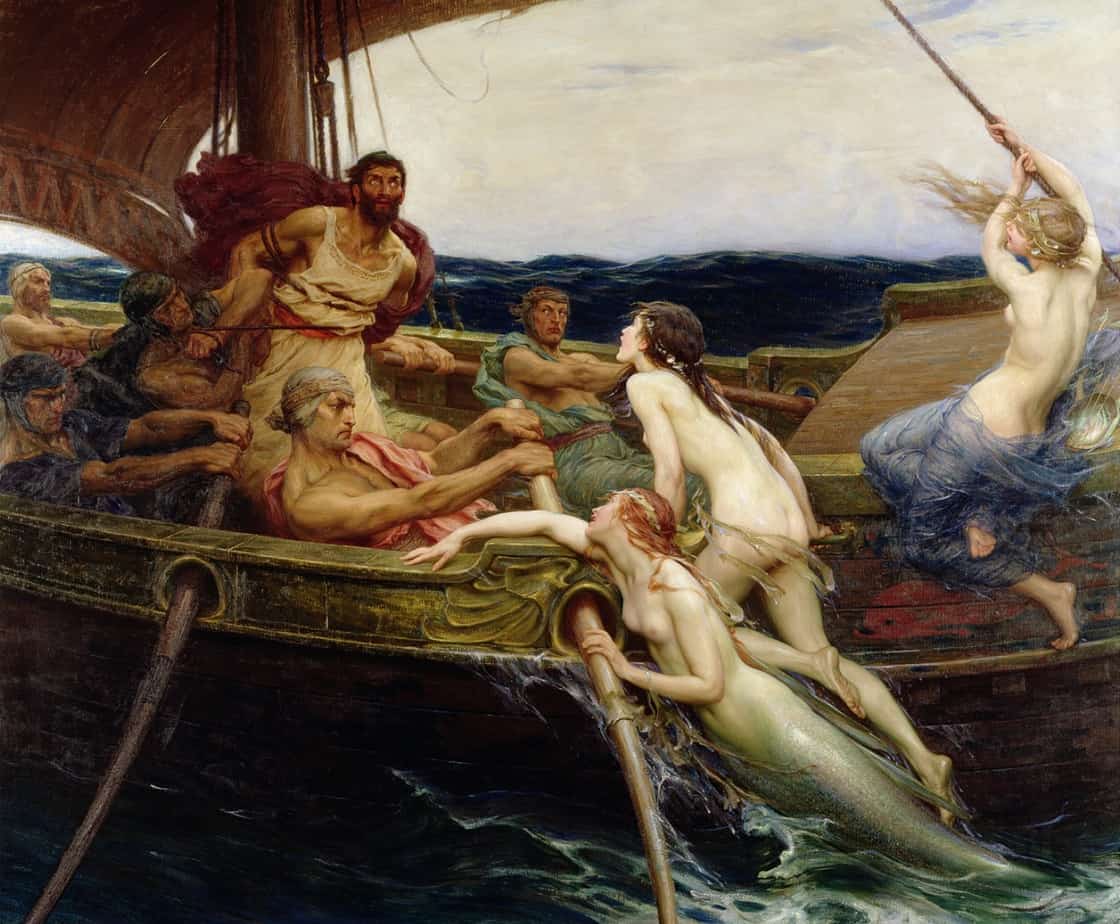
Up At A Villa by Helen Simpson Short Story Analysis
“Up At A Villa” is a short story by Helen Simpson, opening her 2011 collection In-flight Entertainment. This is a lyrical short story full of symbolism. Cover copy tells us to expect work a la Alice Munro. Of all the stories here, the images in “Up At A Villa” are most reminiscent of Munro —…
-
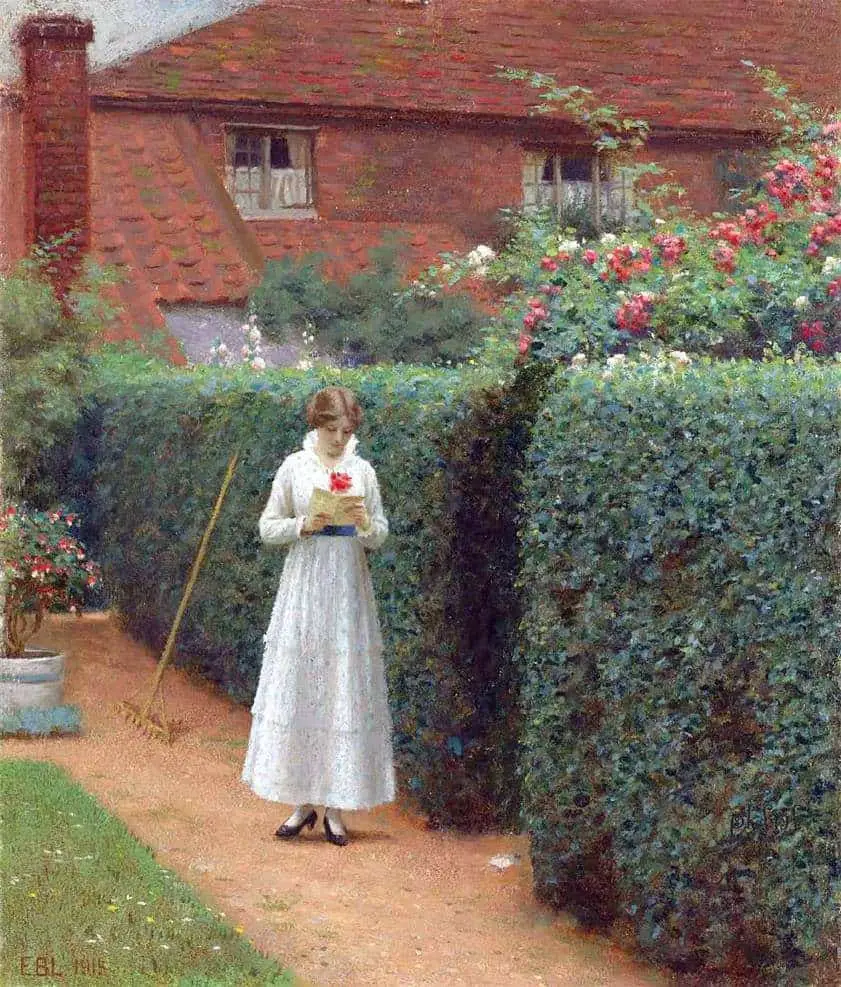
Two Types Of Short Stories
Length aside, short stories are not like other works. There is something just… different about them. This difference is not about length; it’s about function. However, some stories function no differently from a novel. They’re simply… shorter. This post is an exploration of the qualitative differences between what we might call The Literary Short Story…
-
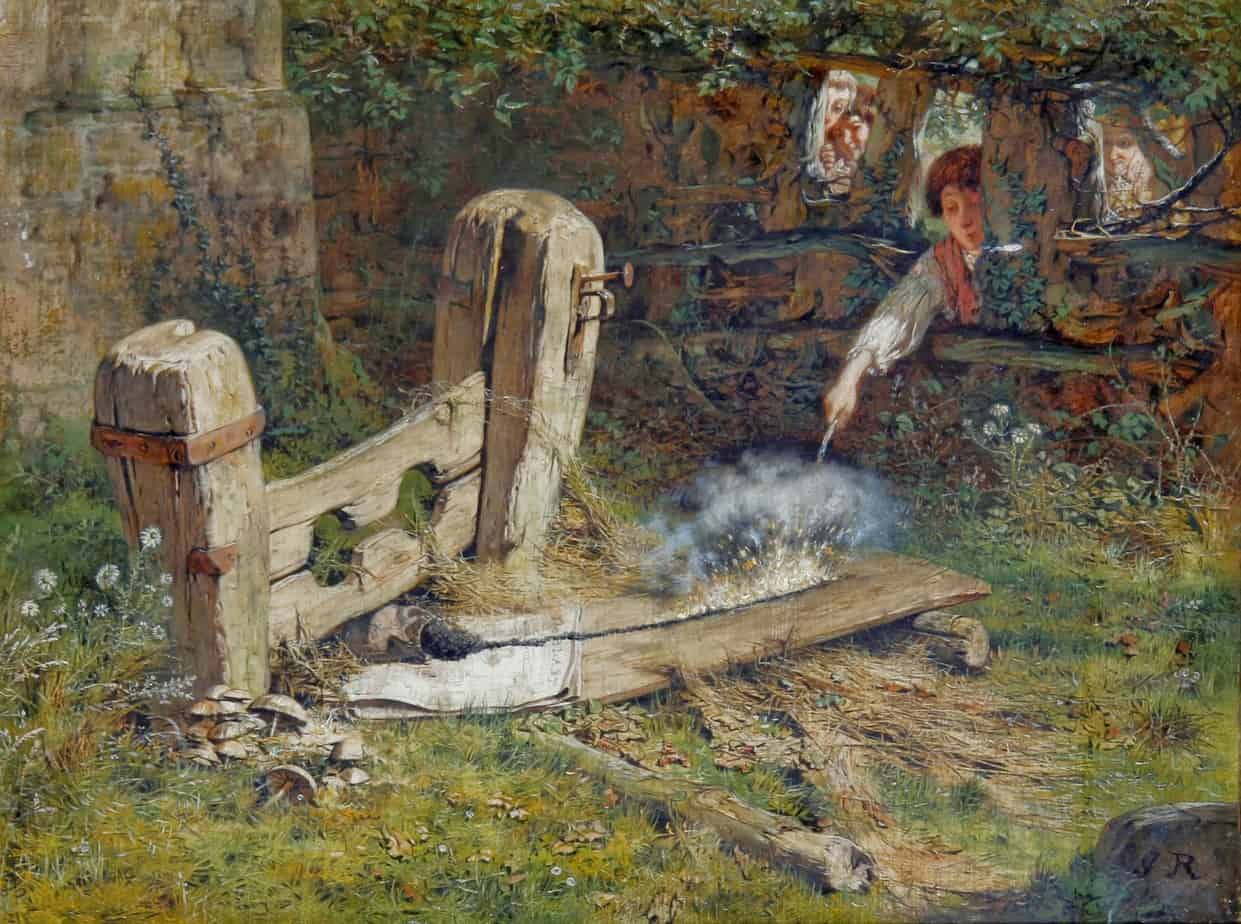
How to identify an inciting incident?
The term ‘inciting incident’ is one of those writing words which means different things to different people. Some writers don’t think in terms of inciting incident. To others it is key to a good story beginning. Some authors have easily identifiable inciting incidents, and one big event to set off a chain of events seems…
-
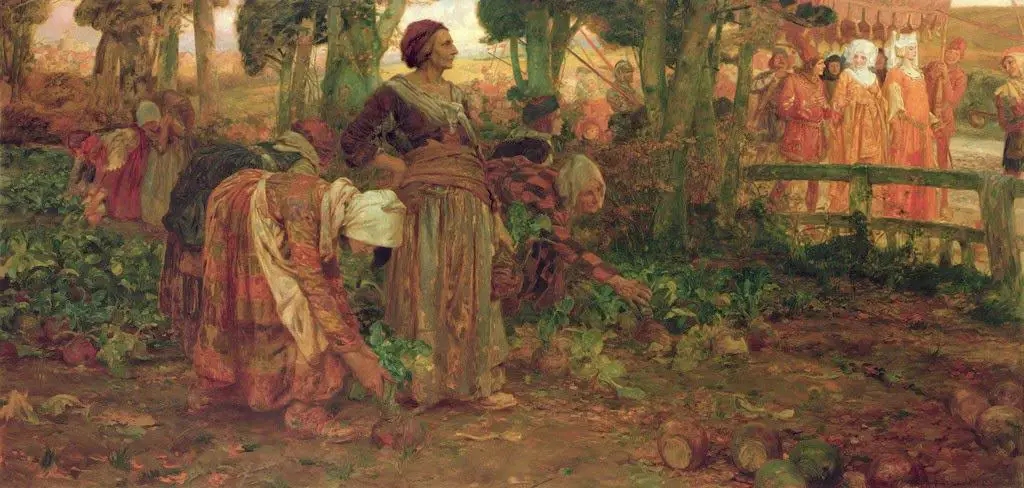
The Ideology Of Wealth In Stories
Wealth brings out the worst in people. This is the overriding message we get from stories in general, be they for children or adults. However, sometimes by working hard a hero can become rich. In a Cinderella story goodness leads naturally to riches. This is thought to be Cinderella’s rightful place — after all, Cinderella…
-

In-flight Entertainment by Helen Simpson Analysis
“In-flight Entertainment” is a short story by Helen Simpson, published in her 2010 collection of the same name.
-
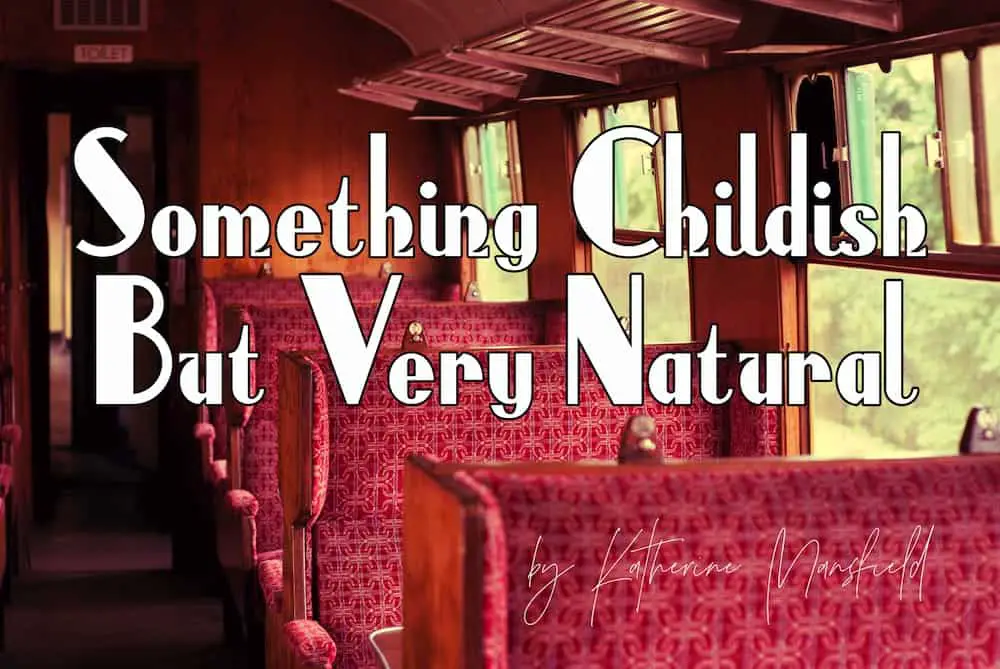
Something Childish But Very Natural by Katherine Mansfield Short Story Analysis
“Something Childish But Very Natural” is a short story by Katherine Mansfield, published 1913, 1924. The story is named after a poem Harry reads in the book-stall. The poem is by Samuel Taylor Coleridge. This poem provides Mansfield’s re-visioning with a nutshell emotional arc:
-
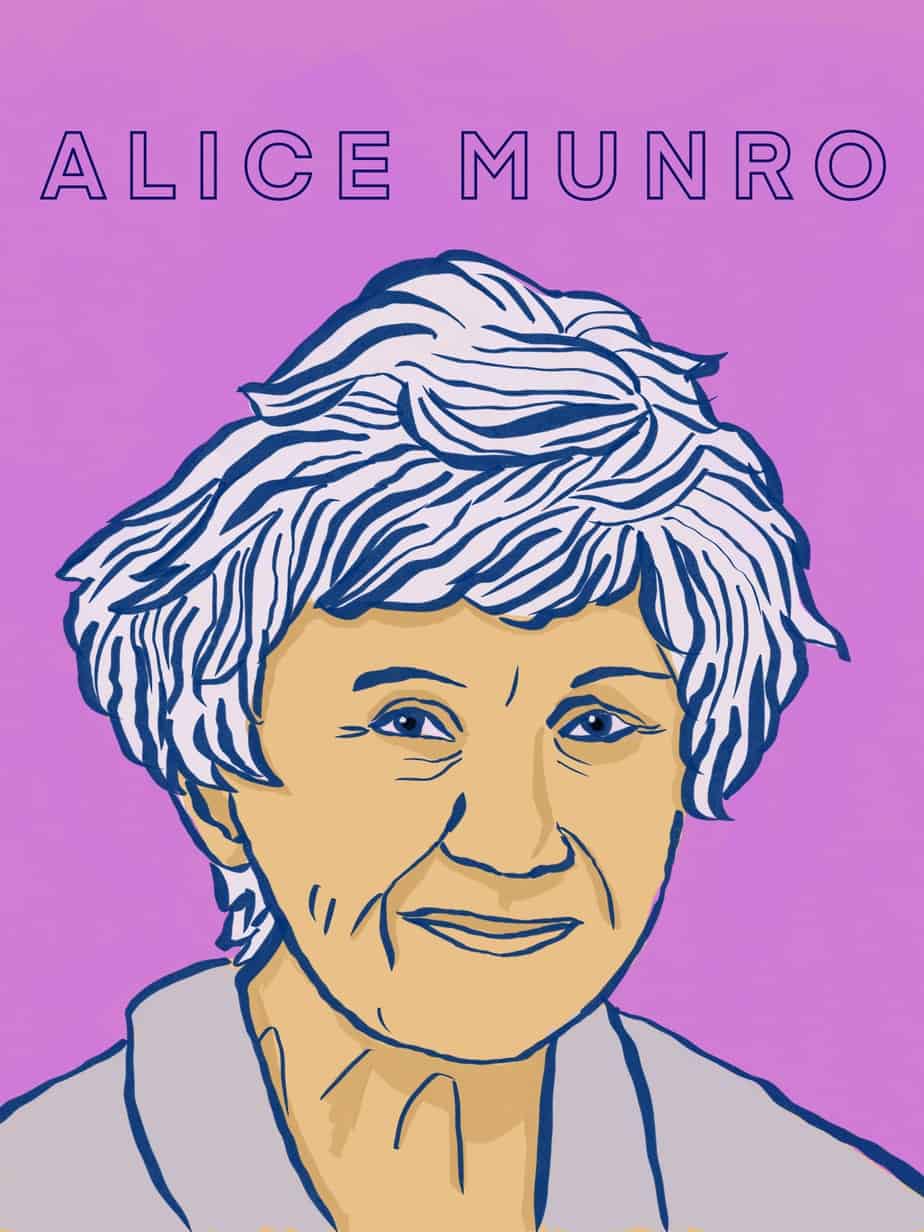
How To Write Like Alice Munro
**UPDATE LATE 2024** After Alice Munro died, we learned about the real ‘open secrets’ (not so open to those of us not in the loop) which dominated the author’s life. We must now find a way to live with the reality that Munro’s work reads very differently after knowing certain decisions she made when faced…
-
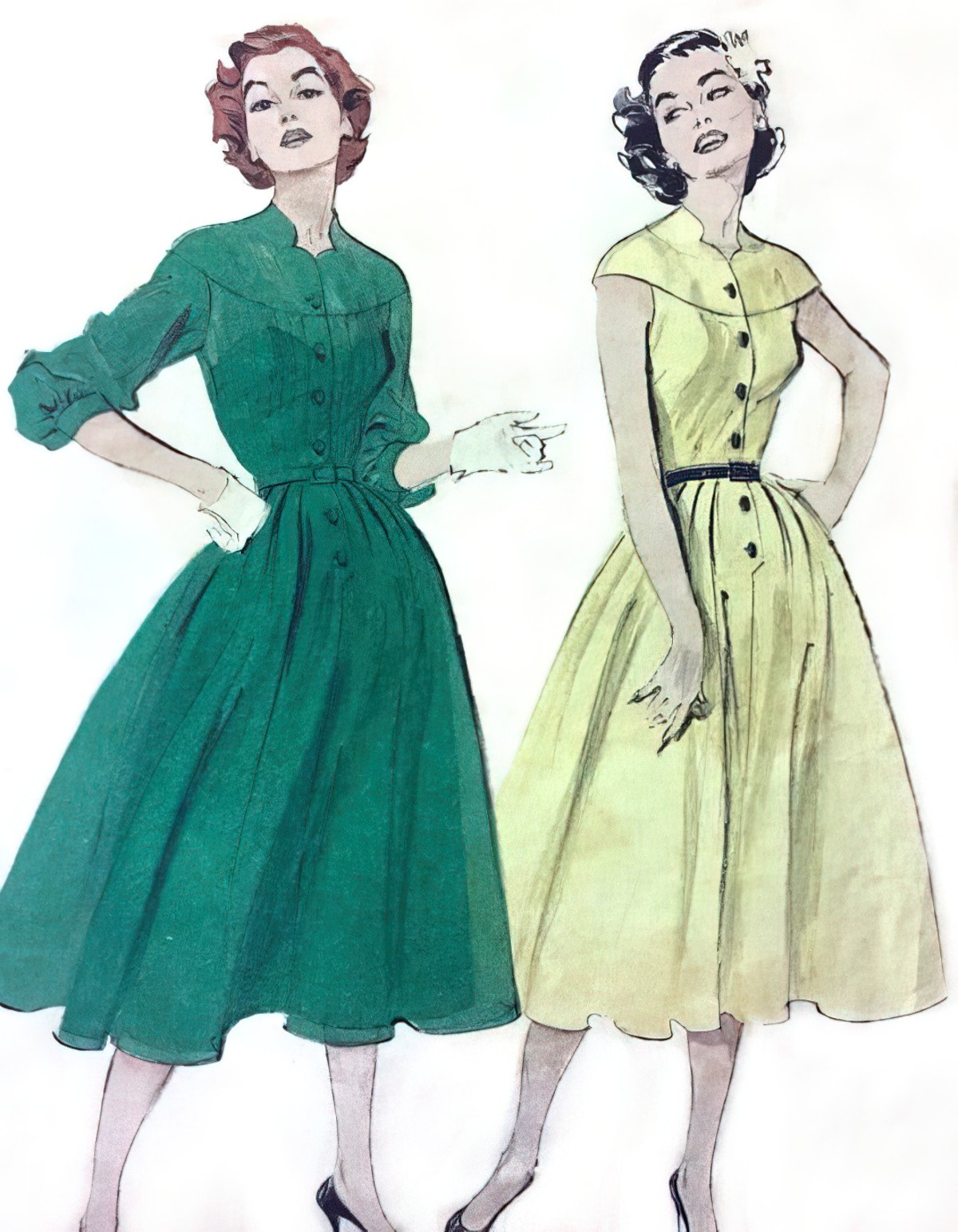
Tricks by Alice Munro Short Story Analysis
I have a soft spot for short stories about spinsters about town, enjoying their passions in solitary fashion. “Tricks” by Alice Munro calls to mind Katherine Mansfield’s “Miss Brill”, especially after mention of the symbolic scarf: Miss Brill, you may recall, wears a fur. Robin of Munro’s story “Tricks” does not; she is instead disturbed…
-
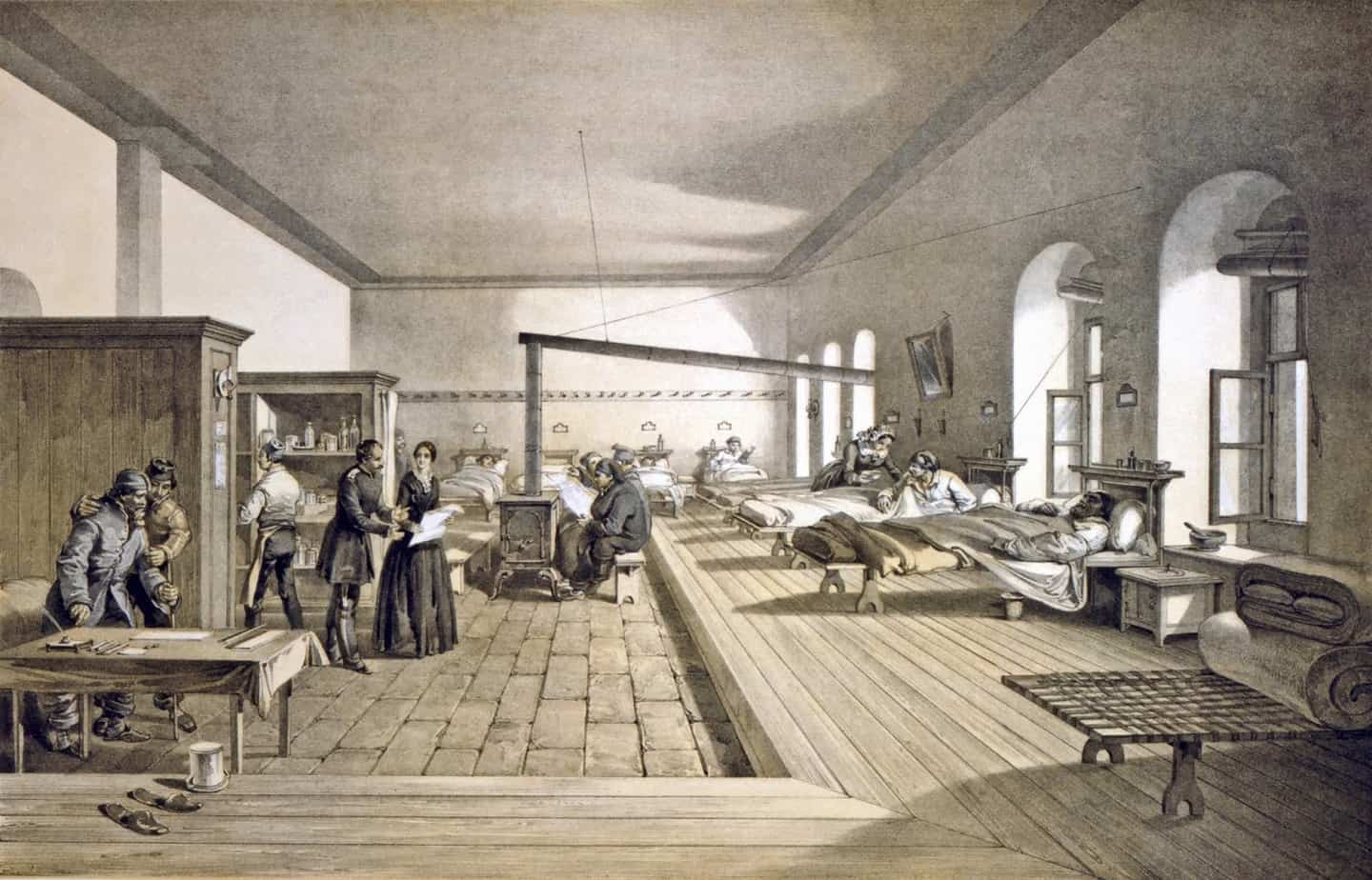
Writing Activity: Describe Medical Rooms and Hospitals
Medical rooms and hospitals are safe, infantalising, dangerous, creepy, life-saving, traumatising places, and I offer them here as examples of what Foucault called ‘heterotopia‘. The hospital’s ambiguous relationship to everyday social space has long been a central theme of hospital ethnography. Often, hospitals are presented either as isolated “islands’ defined by biomedical regulation of space…